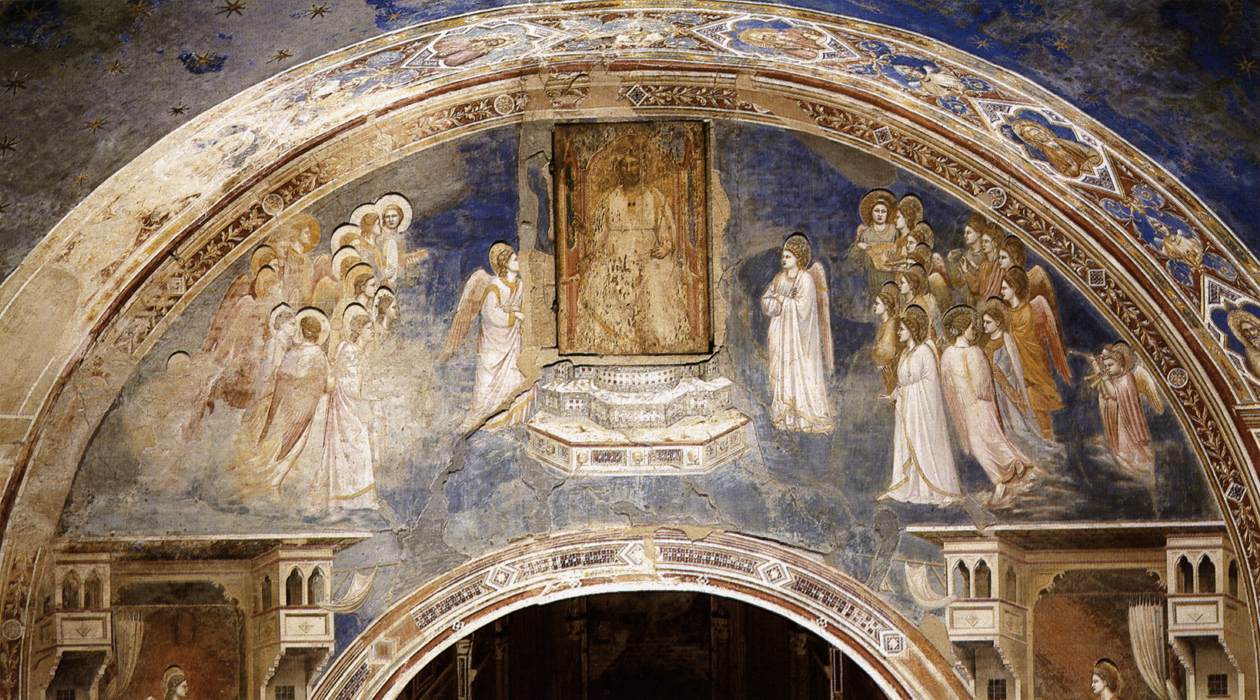Description
Painting No. 13 God Sends Gabriel to the Virgin (before restoration) by artist Giotto Di Bondone is an impressive work that reflects the skill and talent of the artist at his best. This masterpiece is one of the most important works of the Italian Renaissance and is known for its unique artistic style that combines elements of Byzantine and Gothic art.
The composition of the painting is impressive and reflects Giotto's ability to create a dynamic and exciting image. The figure of Gabriel, with his wings open and his hand outstretched, seems to be floating in the air as he approaches the Virgin Mary. The Virgin, for her part, is represented with a humble posture and an expression of astonishment on her face.
The color of the paint is another interesting aspect. Giotto used a rich, vibrant color palette to create an image that is both beautiful and exciting. Gold and yellow tones are used to represent the divine light that surrounds Gabriel, while blue and red tones are used to represent the Virgin's clothing.
The story behind the painting is also fascinating. This work was commissioned by Cardinal Stefaneschi in the 14th century and is in the Chapel of San Lorenzo in Rome. The painting was restored in the 20th century and has become one of Giotto's most famous works.
There are many little-known aspects of this painting that make it even more interesting. For example, the figure of Gabriel is believed to have been modeled after a young man Giotto met in Florence. Furthermore, it is believed that the painting originally had a gold background, but it darkened over time.
In short, Giotto Di Bondone's painting No. 13 God Sends Gabriel to the Virgin is an impressive masterpiece that combines a unique artistic style, stunning composition, vibrant color, and a fascinating story. It is one of the most important works of the Italian Renaissance and is a national treasure to be cherished and admired by generations to come.

